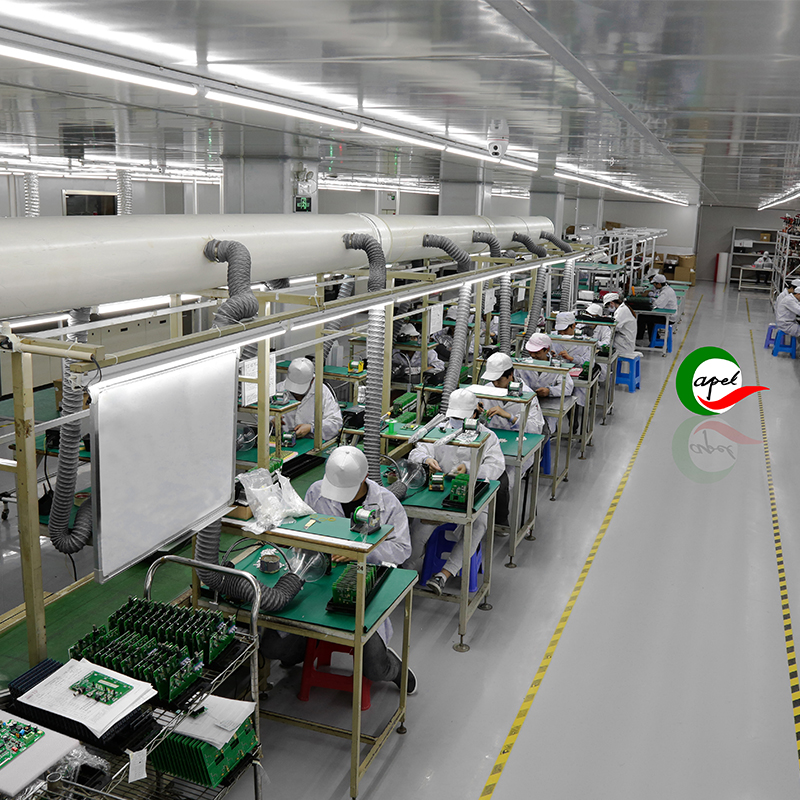In this blog post, we will explore the advantages of prototyping PCB boards and understand why they are widely used in the electronics industry.
When it comes to manufacturing electronic devices, the role of printed circuit boards (PCBs) is undeniable. These are important components that provide the basis for the functionality of numerous electronic devices we use in our daily lives. PCBs are used in a wide range of applications, from household appliances to advanced aerospace technology. One type of PCB that has become very popular in recent years is the prototype PCB board.
Before we delve into the advantages of prototyping PCB boards, let’s first understand what they are. A prototype PCB board is a special type of circuit board used to test and verify electronic designs before mass production. As the name suggests, they provide prototypes or working models of the final PCB design, helping electronics engineers and designers evaluate the performance and functionality of the design early in the development process. Now, let’s move on to the advantages offered by prototyping PCB boards:
1. Cost and Time Savings: One of the most significant advantages of prototype PCB boards is that they help save time and money during the product development phase. By creating prototype PCB boards, engineers can detect any design flaws or errors early on and make the necessary modifications before proceeding to mass production. This reduces the likelihood of costly errors and rework during production, ultimately saving time and resources.
2. Testing and Validation: Prototype PCB boards play a vital role in testing and validating electronic designs. They allow engineers to evaluate a circuit’s functionality, performance and reliability before investing in mass production. With a working model of the PCB design, engineers can identify any design issues or bottlenecks that may affect the overall performance of the device. This iterative testing and validation process ensures a higher level of quality in the final product.
3. Flexibility and customizability: Another advantage of prototype PCB boards is their flexibility and customizability. Because PCB prototype boards are created early in the product development process, engineers are free to try different design options and configurations. They can easily make changes and modifications to the design based on test results and requirements. This level of flexibility allows for a more optimized and customized end product.
4. Faster time to market: In today’s rapidly evolving market, time to market plays a vital role in the success of a product. Prototype PCB boards help shorten the overall product development cycle, allowing companies to bring products to market faster. By identifying and correcting design issues early, engineers can avoid delays in the production process and ensure timely product introduction.
5. Improved communication and collaboration: Prototype PCB boards facilitate better communication and collaboration among the different stakeholders involved in the product development process. Through physical representations of designs, engineers can effectively communicate their ideas and concepts to other team members, investors, or potential customers. This visual aid helps streamline the decision-making process and ensures everyone is on the same page.
In summary, prototype PCB boards offer numerous advantages during the product development phase. From cost and time savings to testing and validation, these boards play a vital role in ensuring a successful, efficient product launch. Their importance is further enhanced by their flexibility, customizability, and ability to facilitate better communication. As technology continues to advance, the need for prototype PCB boards will only increase, making it an indispensable tool for electronic engineers and designers.
Post time: Oct-12-2023
Back







